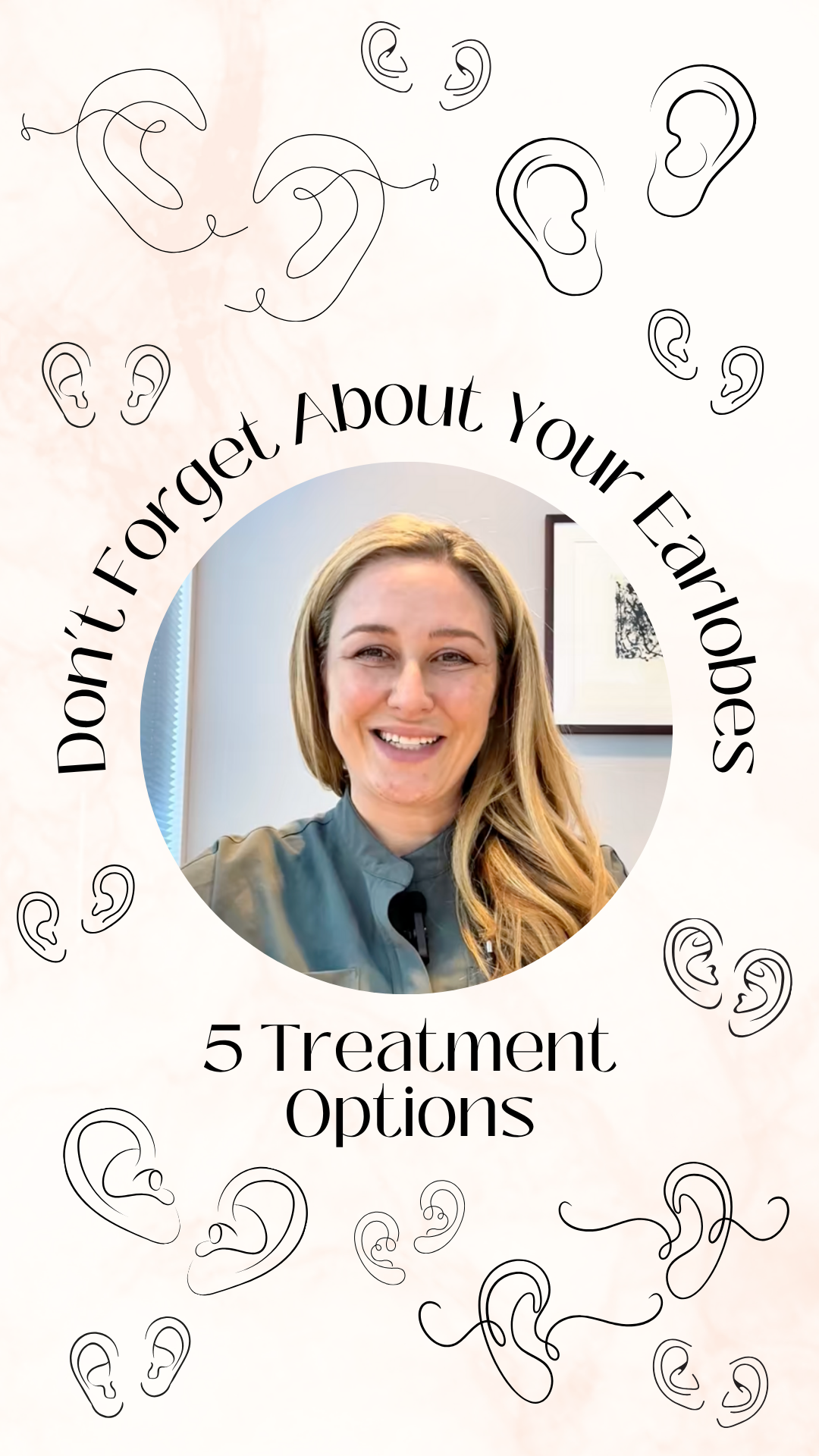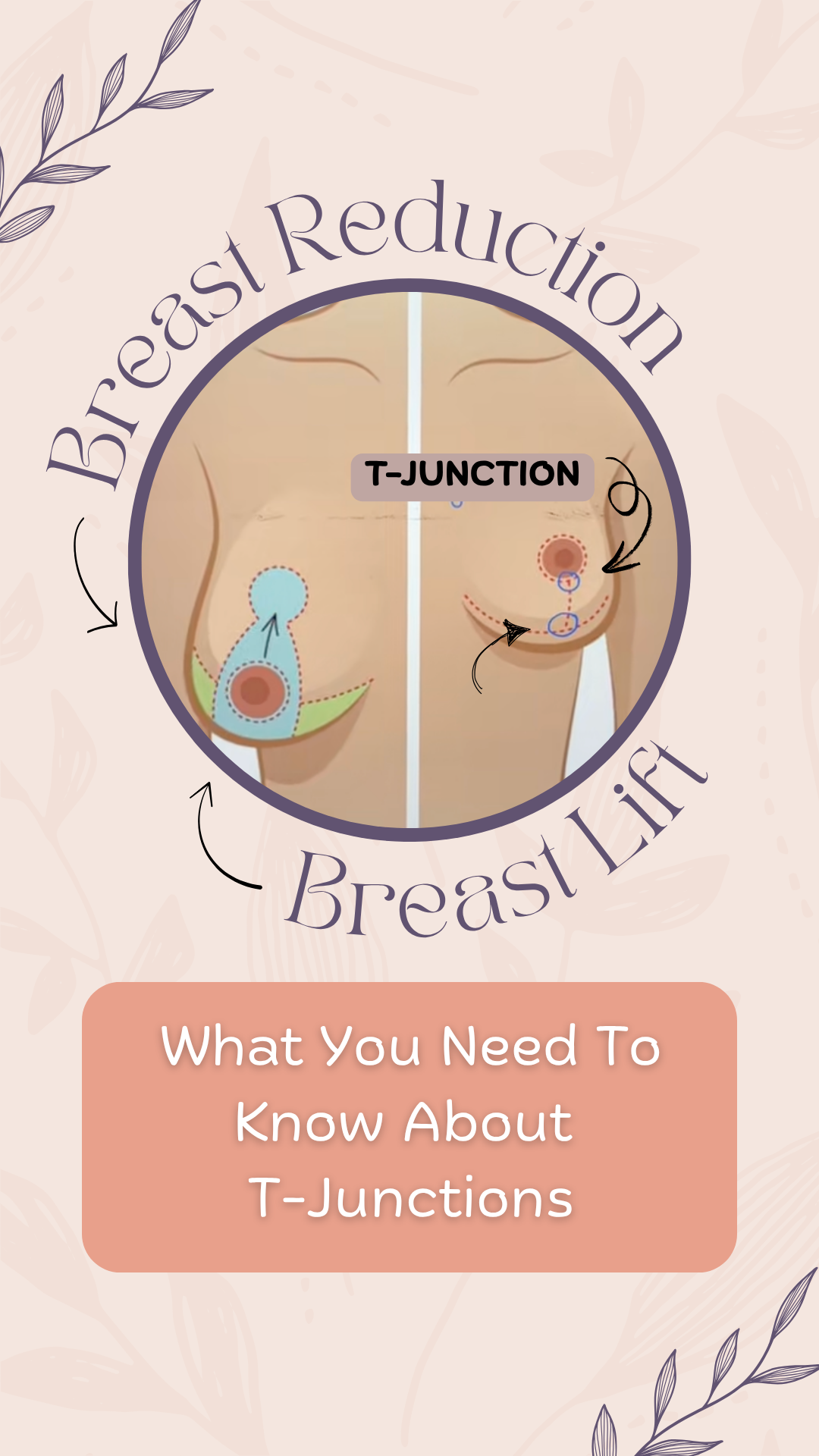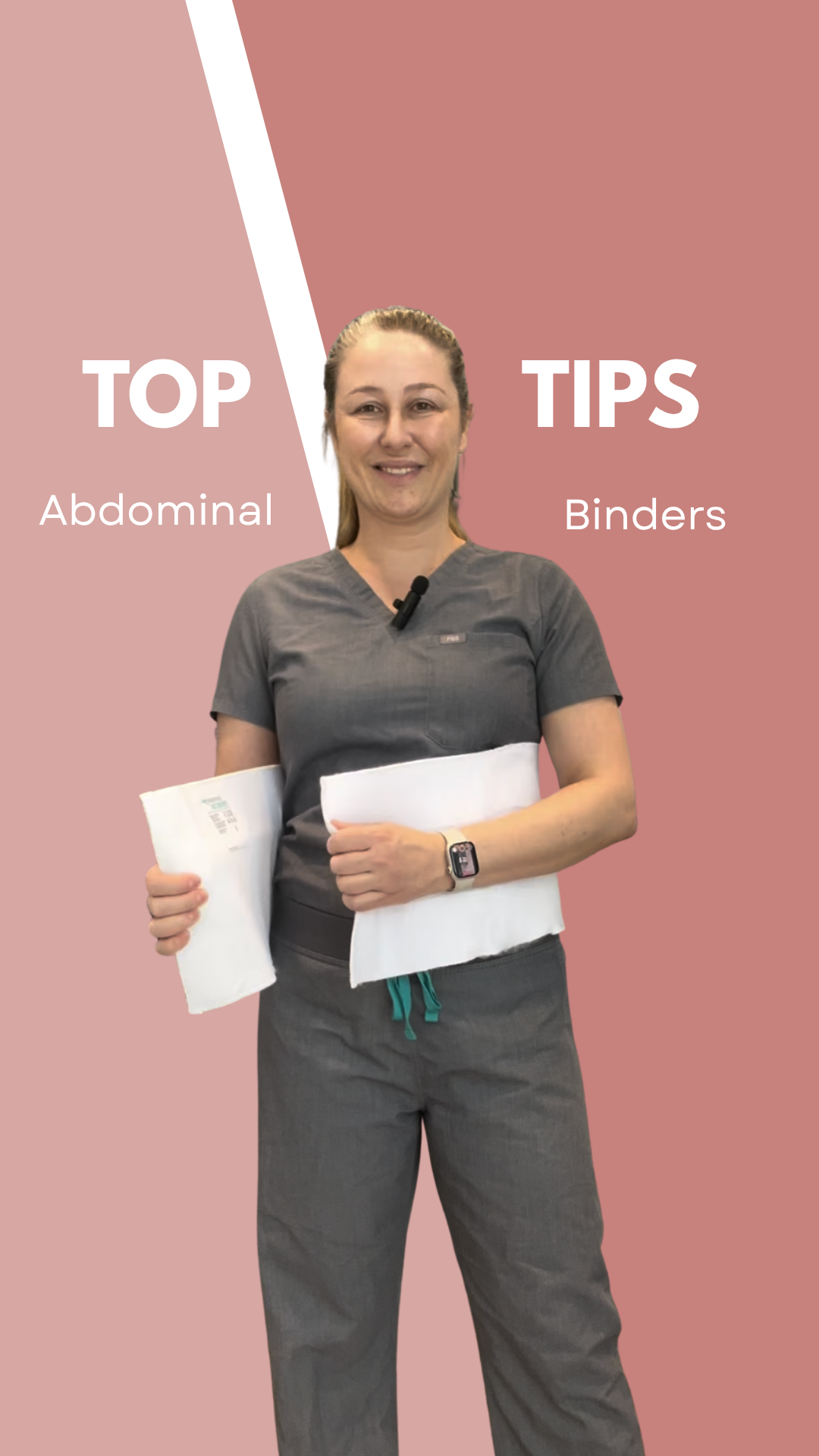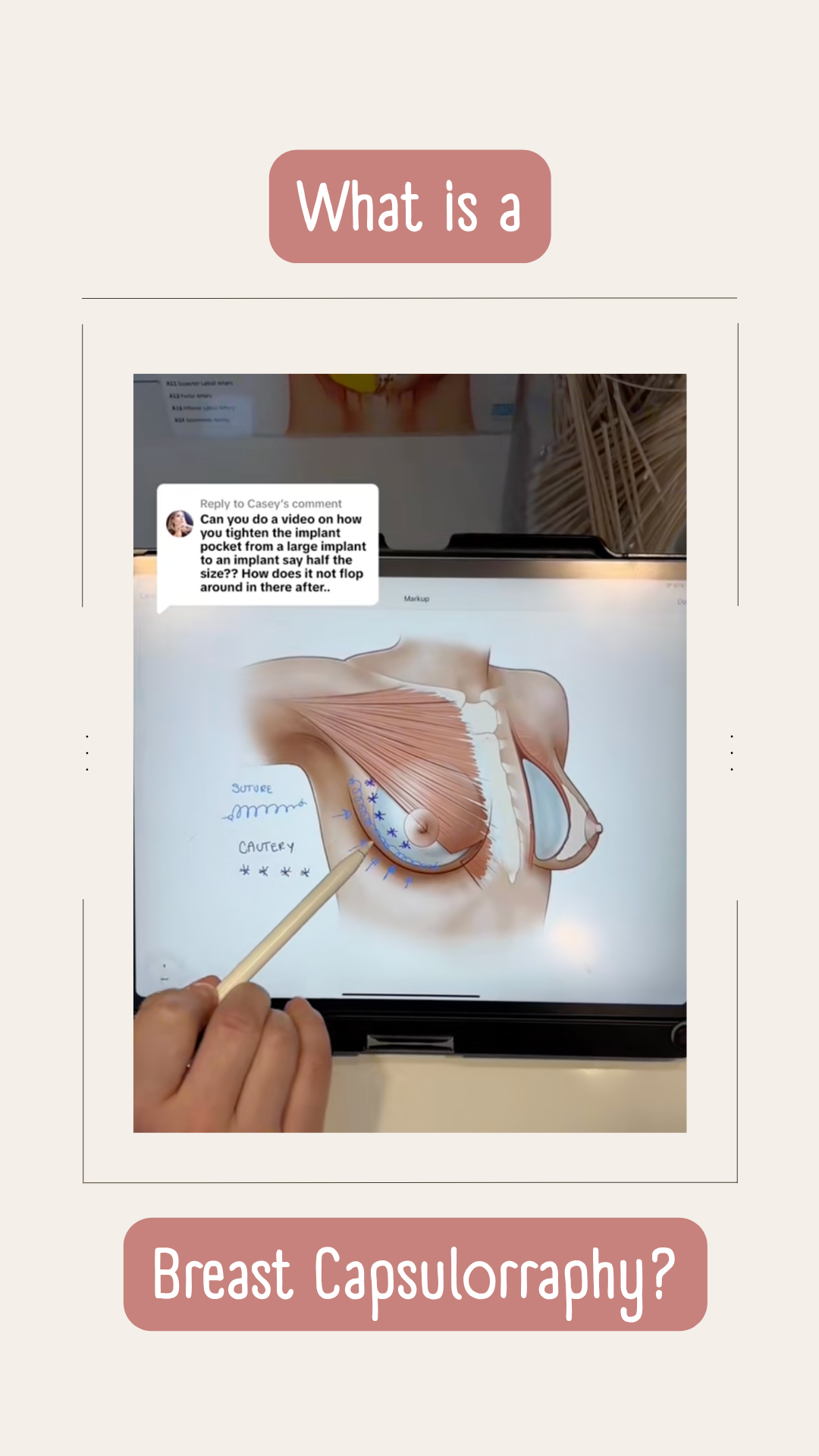Eyelid Surgery
Brighten your eyes and refresh your appearance with eyelid surgery (blepharoplasty) in Scottsdale. Learn how upper and lower blepharoplasty—with or without a brow lift—can rejuvenate your face.
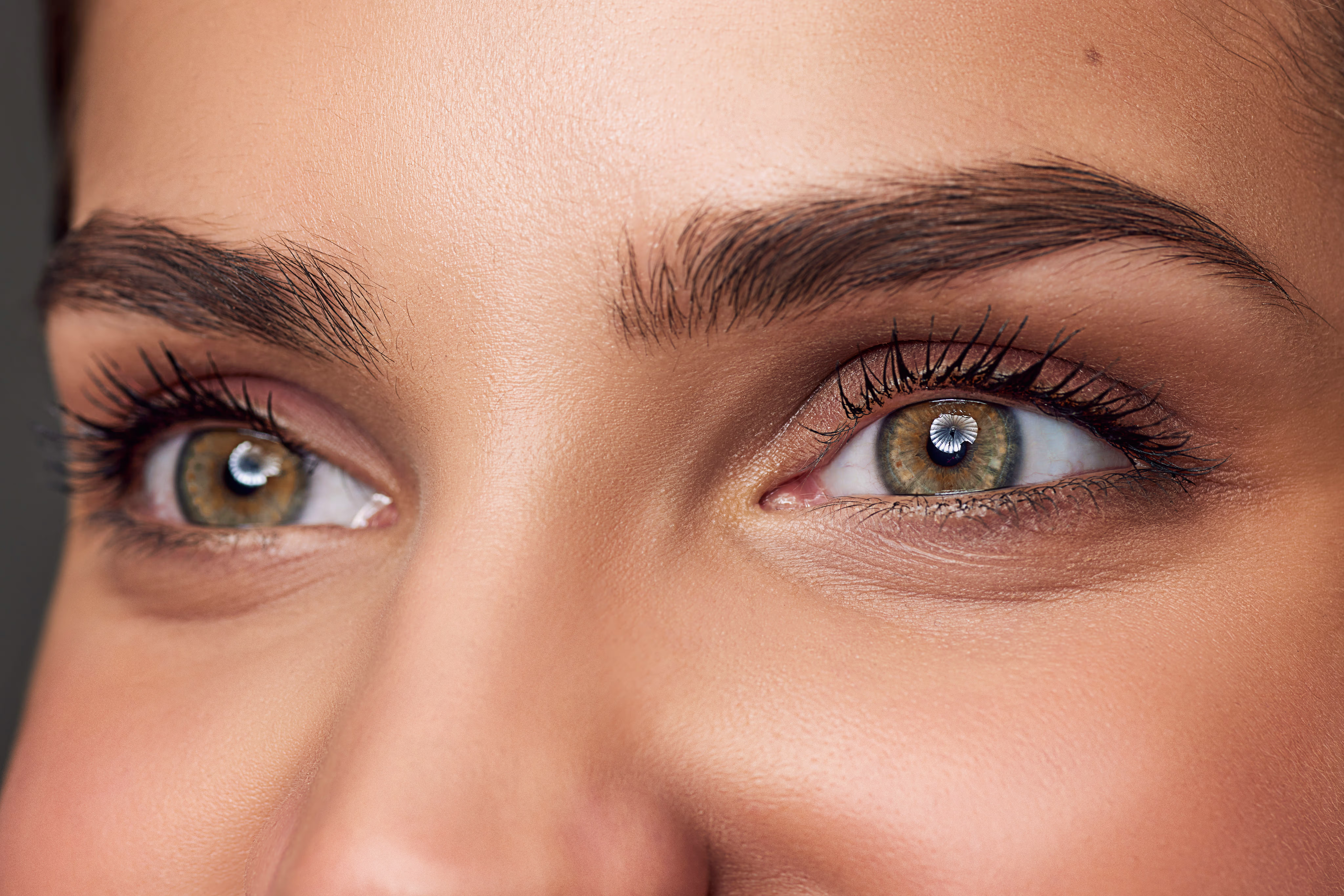
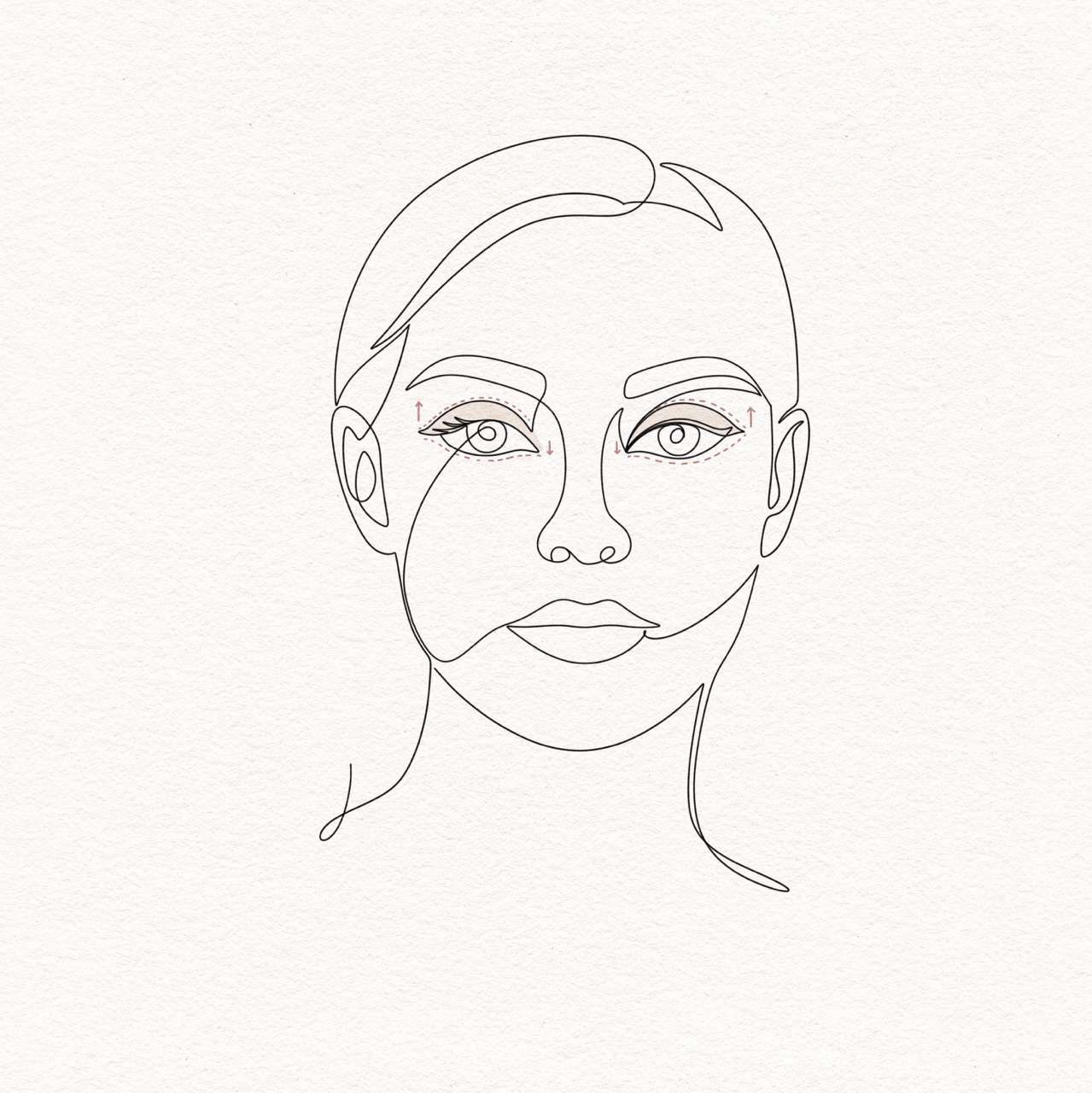
Eyelid surgery, also known as blepharoplasty, is a surgical procedure that removes excess skin and fat from the upper eyelids, lower eyelids, or both. It can dramatically brighten the center point of your face and create a more rested, youthful appearance.
Over time, genetics, aging, and gravity cause the delicate eyelid skin to stretch and lose elasticity. Fat pads around the eyes may protrude or herniate, resulting in puffiness, hooding, or a tired, aged appearance. A blepharoplasty is one of the most effective procedures to rejuvenate the eyes and enhance facial harmony.
In some patients, a brow lift may be recommended in conjunction with an upper blepharoplasty to achieve optimal eye rejuvenation. When the brows descend with age, the upper eyelids can appear heavy or hooded. A brow lift elevates the position of the brows to restore a more youthful and open appearance to the entire upper face.
What you need to know
Every procedure and treatment we offer is thoughtfully designed to meet your unique goals, lifestyle, and anatomy. Below, you’ll find key details about what to expect—from how the procedure works to recovery guidance and ideal candidacy—so you can feel informed, confident, and empowered at every step of your journey.
Upper Blepharoplasty
• Approximate surgery time: 1 hour
• Anesthesia: Local (awake) or general (asleep)
• Setting: In-office or outpatient surgery center
• Scarring: Hidden in the upper eyelid crease
• Recovery: 1–2 weeks
Lower Blepharoplasty
• Approximate surgery time: 1–3 hours
• Anesthesia: General (asleep)
• Setting: Outpatient (go home same day)
• Scarring: None (internal approach) or placed just beneath lash line
• Recovery: 1–2 weeks
Brow Lift (if combined)
• Approximate surgery time: 1–2 hours
• Anesthesia: General (asleep)
• Setting: Outpatient (go home same day)
• Scarring: Hidden in the hairline
• Recovery: 1–2 weeks
Upper Blepharoplasty
• Brightens and opens the eyes
• Removes hooded, heavy skin
• Enhances symmetry
• Allows better makeup application
• Creates a more alert and refreshed look
Lower Blepharoplasty
• Reduces under-eye bags and puffiness
• Smooths wrinkles and crepey skin
• Repositions or removes excess fat
• Improves contour beneath the eyes
Brow Lift (if combined)
• Elevates sagging brows
• Improves forehead lines and furrows
• Enhances the effect of upper eyelid surgery
• Restores youthful brow shape and position
During your consultation, Dr. Aimé will carefully evaluate your eyelid anatomy, brow position, and skin quality. Based on this assessment and your personal goals, she will recommend a customized treatment plan.
You may be a good candidate if you:
• Are in good overall health
• Do not smoke or use nicotine products
• Have no serious eye conditions
• Have sagging skin, puffiness, or prominent fat around the eyes
• Want to reduce signs of tiredness or aging around your eyes
• May benefit from combining blepharoplasty with a brow lift
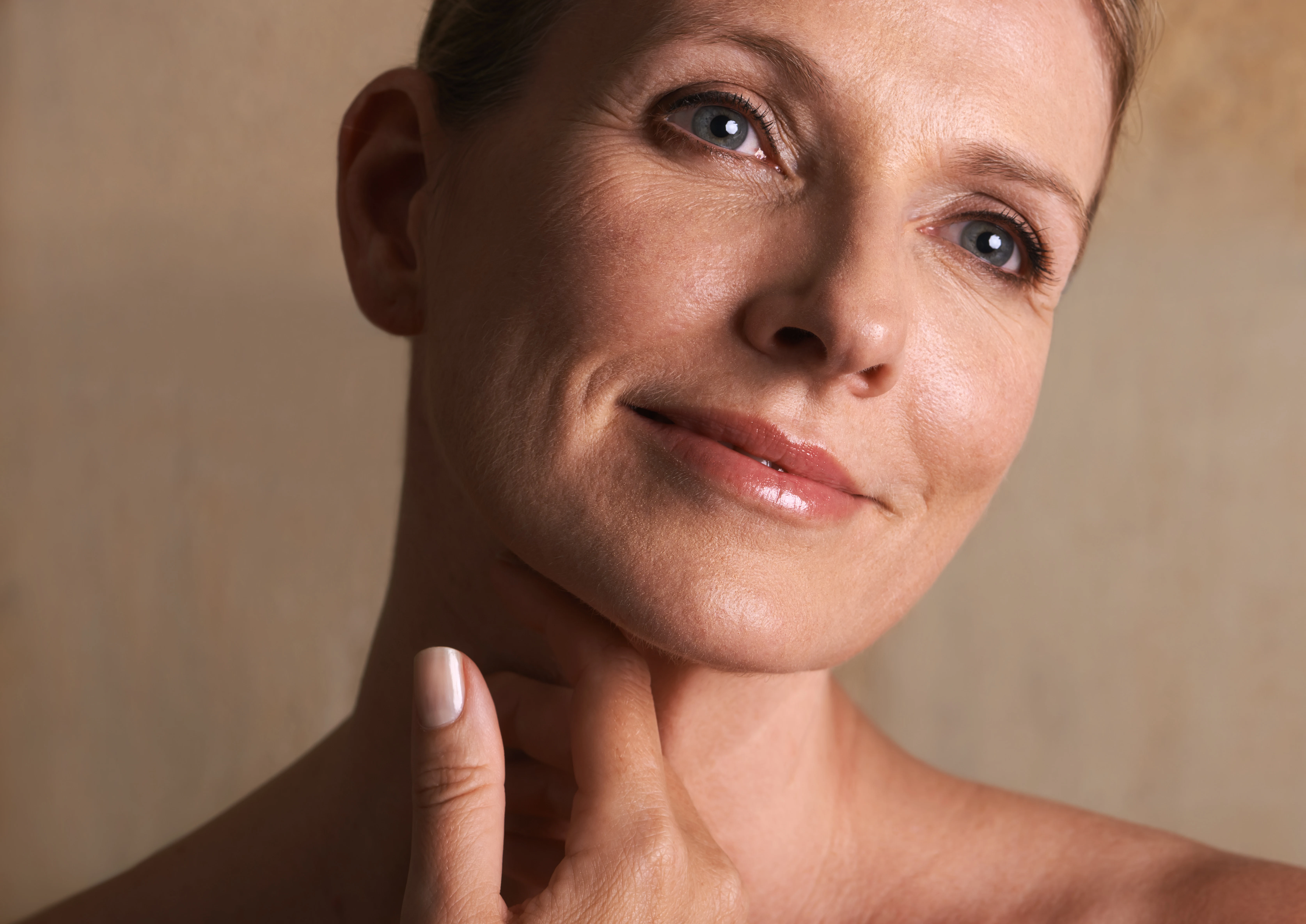
An overview of the procedure

"I cannot express enough gratitude to Dr. Victoria Aimé for the incredible work she did. The results exceeded my expectations—I feel more confident and the results are amazing. I wholeheartedly recommend Dr. Victoria Aimé for her meticulous skill and exceptional care."
“I recently underwent a submentoplasty procedure performed by the incredibly talented plastic surgeon, Dr Aimé. My decision to have submentoplasty was not taken lightly and Dr Aimé made sure to thoroughly explain the entire procedure to me during our consultation.”
Frequently Asked Questions
We’ve gathered answers to some of the most common questions our patients ask about this procedure. Whether you’re just starting your research or preparing for surgery, this section is here to help you feel informed and confident every step of the way.
The eyelid skin usually heals exceptionally well. In an upper blepharoplasty procedure, the scar is hidden in the eyelid crease and is typically barely perceptible. A lower blepharoplasty that requires skin to be removed and muscle tightening will have a scar placed just below the lash line. If only fat is removed or transposed in the lower blepharoplasty and there is no need for skin removal, the procedure can typically be performed through the back of the eyelid resulting in no visible scar.
Neuromodulators, such as Botox, can be used as a non-surgical method to raise the outer portion of the eyebrow by relaxing the muscle that pulls this part of the brow down. Typically, it will raise the eyebrow 1 to 4 millimeters and can lift excess upper eyelid skin a small amount. If your outer eyebrows are asymmetric, placing neuromodulator in the tail of the lower brow can be a way to improve symmetry as well.
Aging, in general, is dependent on a combination of factors including genetics, lifestyle choices and experiences (such as exercise, diet, smoking, etc.) and sun exposure. While genetics passed down from your mother and father does play a large role in how you will age, it is not the complete picture in terms of what to expect. Being healthy in other aspects of your life will help offset premature aging to some degree. That said, if one or both of your parents had droopy eyelids, there is a reasonable chance that you will too. In some people, this occurs early in life while in others it occurs later in life. Regardless of age, a blepharoplasty is an excellent way to brighten the appearance of your eyes.
Eyelid surgery should not significantly change your vision. However, we typically recommend against getting new glasses for approximately 6 months after eyelid surgery to allow swelling to resolve and any minor vision changes to stabilize.
An upper blepharoplasty is designed to remove excess eyelid skin and fat, but it will not correct the position of the upper eyelid margin much (aside from unweighting it). If the upper eyelid lash line covers the majority of the iris (colored part of the eye) or even the pupil (the black central portion of the eye), you may have a condition called blepharoptosis (pronounced blef-ah-ro-toe-sis). This condition is quite common with aging and is due primarily to the upper eyelid muscle getting overly stretched out or lax. In order to correct this, the upper eyelid muscle needs to be re-tightened. An upper blepharoplasty is usually performed at the same time if needed because both use the same incision along the upper eyelid crease. If you suspect that you have blepharoptosis, this condition is best treated with a specialized eye surgeon called an oculoplastic surgeon. We are happy to refer you to one of our trusted colleagues if you would like.
It is exciting to be able to put makeup on your eyelids after having excess skin and fat removed. Once your incisions are well healed, you should be able to begin using eye makeup again. Typically this occurs about 2 to 3 weeks after the procedure. Just be certain to remove the makeup very gently as the incisions are still gaining strength for approximately 6 weeks after surgery.
The incisions and sutures following eyelid surgery are very delicate. For this reason, it is advised to wait until your incisions are healed before resuming contact lens use. Plan on wearing glasses for approximately 2 to 4 weeks after the procedure.
Eyelid surgery should not affect typical permanent eyeliner tattoos. The upper blepharoplasty incision is usually 7 millimeters or more away from the lash line while the lower blepharoplasty incision is placed below the lash line on the lower eyelid and placement can be tailored to avoid interfering with existing permanent eyeliner.
Unfortunately, eyelid surgery can make dry eye symptoms worse. If you have dry eye, please be sure to tell your surgeon to ensure that skin removal during the procedure is conservative. Patients are typically given artificial tears in the forms of drops, gels and/or ointment after eyelid surgery. In patients with dry eyes at baseline, it will be important to use these and any other medications your ophthalmologist recommends to ensure that the cornea remains moist.
It is generally advisable to wait at least 6 months between laser refractive surgery (e.g. LASIK or PRK) for vision and eyelid surgery. This is because both procedures increase the risk of dry eye symptoms and when performed within a short timespan of each other, can significantly increase this risk and the severity of symptoms. For this same reason, laser refractive surgery and blepharoplasty are not performed at the same time.
Generally, eyelid surgery is considered cosmetic. If you have blepharoptosis or severe excess eyelid skin that impairs your vision, insurance may cover the procedure. Usually this requires a special vision test that is performed at an oculoplastic surgeon's office.
Patients that have blepharoptosis ("lazy eye") or conditions that affect the eye, such as Sjögren's syndrome, thyroid eye disease, severe dry eye, are best cared for by an oculoplastic surgeon.
Ready to start your transformation?
Whether you’re just beginning to explore your options or have specific goals in mind, we’re here to guide you with expertise and compassion.

Read more articles

Rhinoplasty (Nose)
Rhinoplasty, often referred to as a “nose job,” is a surgical procedure that reshapes or refines the nose to improve its appearance, enhance facial harmony, or correct breathing issues. Whether addressing cosmetic concerns, injury-related deformities, or functional obstructions, rhinoplasty is a highly individualized surgery tailored to your goals and anatomy.

Face Lift & Neck Lift
A facelift and neck lift are powerful cosmetic procedures designed to restore a more youthful, refreshed appearance by tightening sagging skin, redefining the jawline, and smoothing the neck. These procedures target visible signs of aging in the lower face and neck, offering long-lasting, natural-looking results.
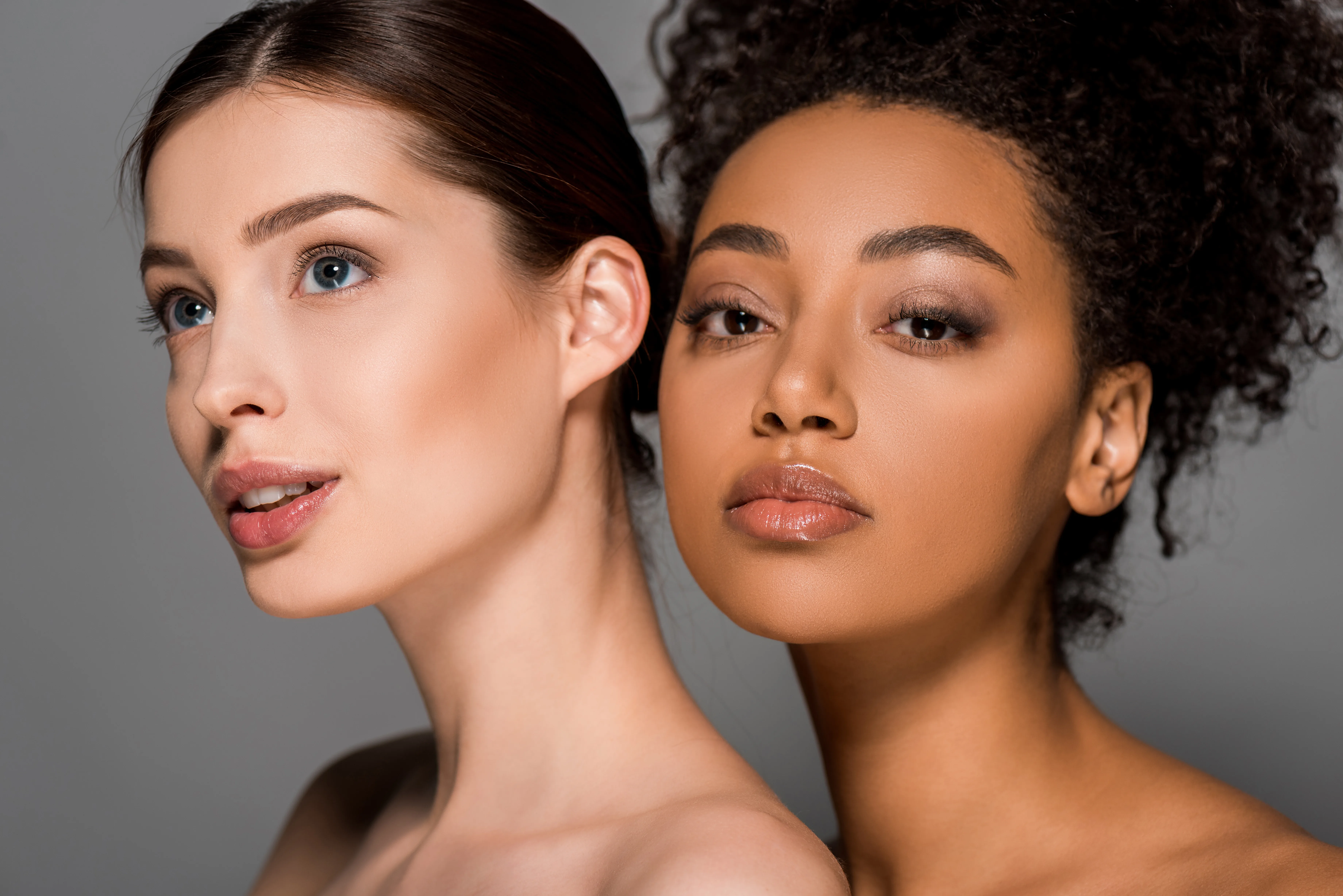
Otoplasty (Ear Pinning)
Otoplasty, also known as ear pinning or ear reshaping surgery, is a cosmetic procedure that adjusts the position, shape, or proportion of the ears to create a more natural and balanced appearance.
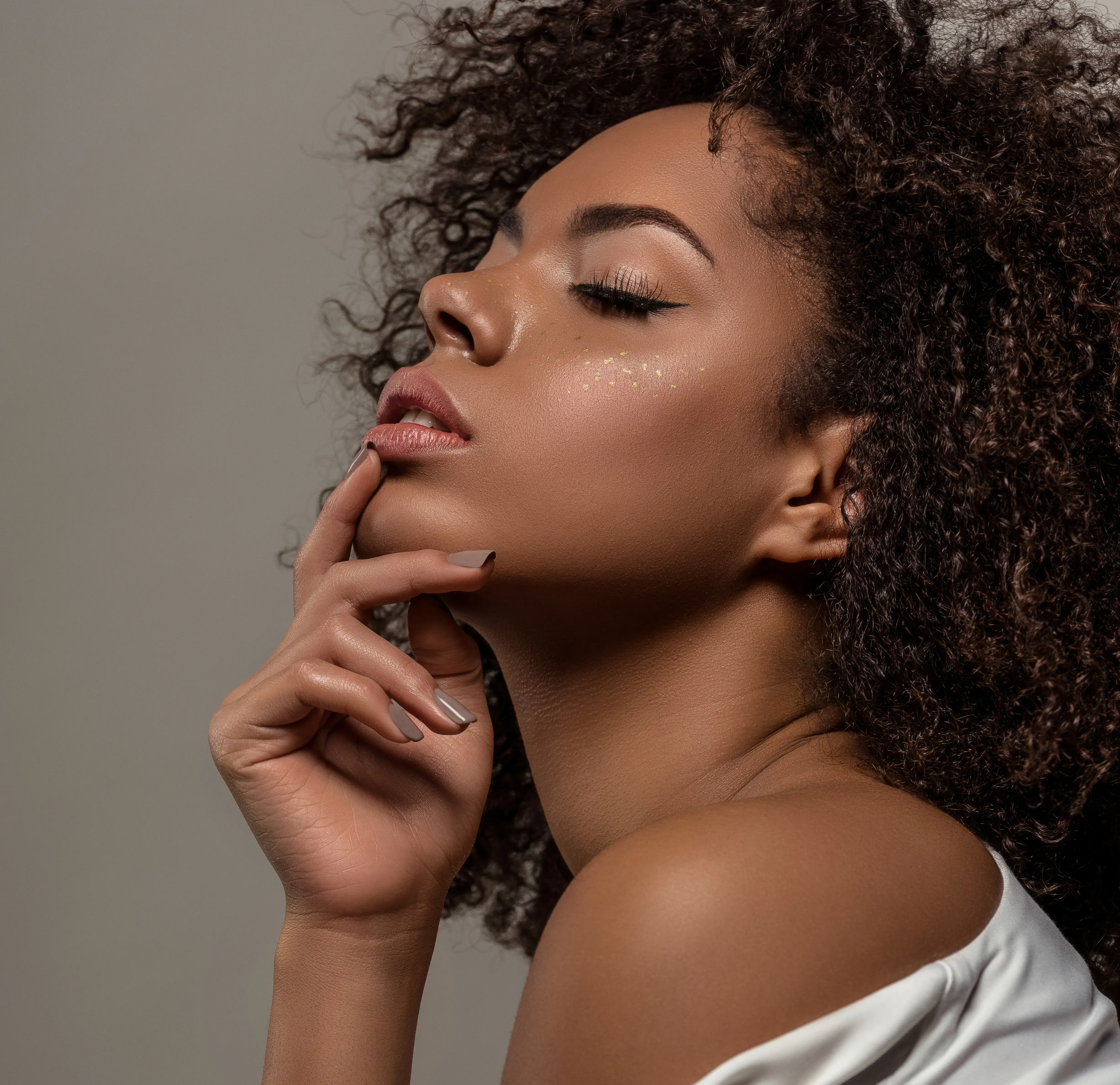
Neck Liposuction
Neck liposuction removes excess fat beneath the chin and along the lower face to enhance jawline definition and improve the overall contour of the neck.










